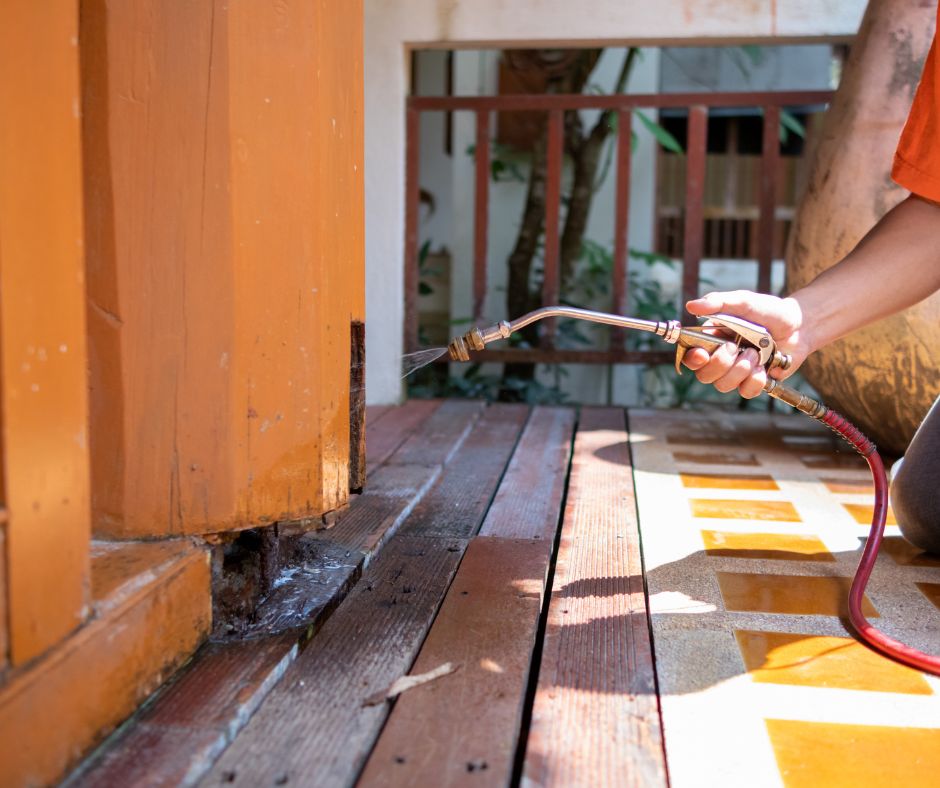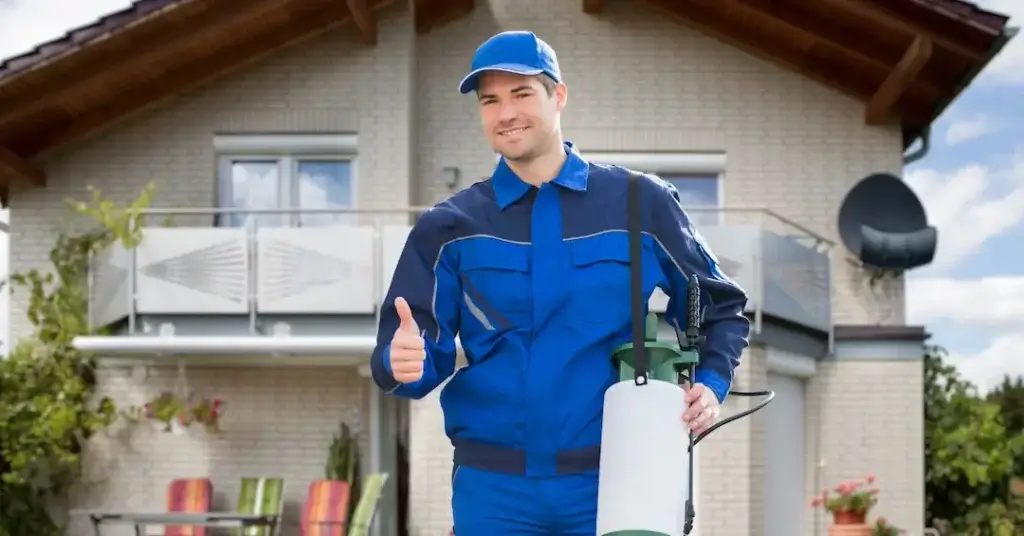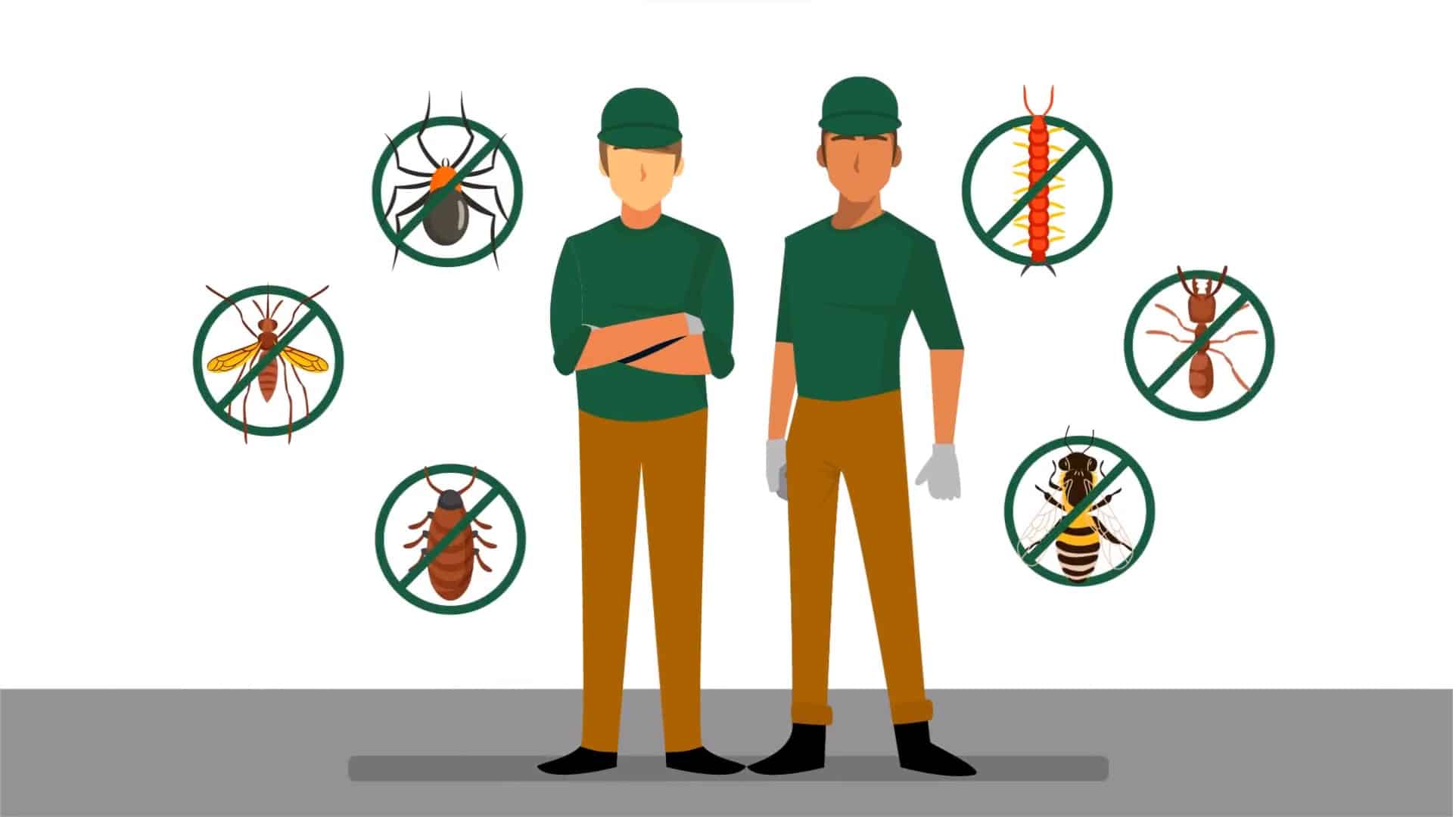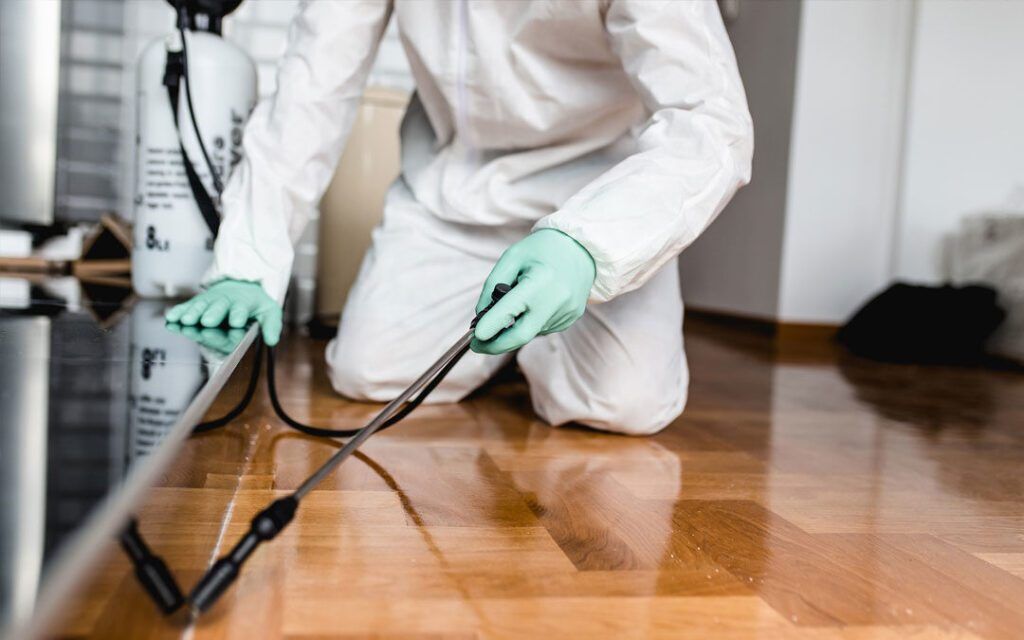Licensed Commercial Pest Control Service in Port Charlotte
Comprehensive Overview to Recognizing Insect Control Techniques and Their Treatment
Understanding insect control techniques is necessary for reliable monitoring of unwanted microorganisms that position dangers to wellness, agriculture, and residential property. What aspects should be considered when selecting the suitable pest control technique for a certain scenario?
Review of Parasite Control Approaches
Insect control methods include a range of strategies developed to handle and eliminate unwanted microorganisms that can damage human wellness, agriculture, and residential or commercial property. Effective insect administration is important for preserving the integrity of communities and ensuring the safety and security of food materials. These methods can be extensively categorized right into three main approaches: social, mechanical, and biological controls.

Social control entails changing farming techniques or environmental conditions to minimize insect establishment and reproduction. This approach consists of crop turning, hygiene, and choosing pest-resistant plant varieties. Mechanical control relies upon physical obstacles or gadgets to protect against bug gain access to or directly eliminate them. Examples include traps, internet, and hand-picking dangerous insects.
Biological control utilizes all-natural predators, bloodsuckers, or pathogens to control pest populations. This technique highlights eco-friendly balance and can consist of introducing valuable insects, such as ladybugs or aggressive nematodes, to take care of parasite visibility.
Integrated bug monitoring (IPM) incorporates these strategies, making use of a holistic strategy that stresses prevention, tracking, and accountable management. By using a blend of these techniques, bug control can be extra lasting and efficient, minimizing reliance on chemical treatments while guarding human wellness and the setting.

Chemical Parasite Control Solutions
A range of chemical parasite control solutions are readily available, giving efficient options for managing parasite populaces when other methods might fail. These solutions largely consist of pesticides, herbicides, fungicides, and rodenticides, each designed to target particular insects while minimizing damage to non-target organisms.
Insecticides are particularly effective against a series of insects, consisting of ants, roaches, and termites, and can be categorized as get in touch with or systemic representatives. Call pesticides eliminate pests on get in touch with, while systemic pesticides are soaked up by plants, making them hazardous to insects that prey on them. Herbicides are utilized to regulate unwanted greenery, whereas fungicides are vital for managing fungal conditions that can harm crops and ornamental plants.
Furthermore, integrated insect administration (IPM) concepts must be utilized, integrating chemical remedies with social, mechanical, and biological methods for sustainable bug control. This alternative technique look at this now not only improves pest administration efficiency however also lowers potential environmental impacts connected with chemical use.
Biological Insect Control Techniques
Organic bug control techniques offer an eco-friendly choice to chemical methods by using natural killers, parasites, or microorganisms to handle pest populaces. This approach leverages the eco-friendly relationships in between organisms, promoting a balanced ecological community while minimizing chemical residue in the environment.
Among the most typical biological control techniques includes the introduction of all-natural enemies. Ladybugs are used to regulate aphid populaces, while parasitic wasps can target caterpillars and other pests. These all-natural killers effectively decrease pest numbers without damaging useful bugs.
In addition, microbial representatives such as germs, fungi, and viruses are utilized to contaminate and eliminate details insects. Bacillus thuringiensis (Bt), a normally happening microorganism, is extensively utilized to control caterpillars and other larvae, showcasing the performance of microbial insect control.

Physical and Mechanical Methods
Often used in incorporated insect administration techniques, physical and mechanical approaches work as efficient devices for controlling insect populaces without using chemicals. These techniques count on physical obstacles, traps, and various other mechanical devices to stop or get rid of bugs, making them environmentally pleasant alternatives.
Physical techniques include using obstacles such as insect netting, displays, or row covers that literally block pests from accessing plants. This is specifically useful in agricultural setups where plant defense is important. In addition, environment adjustment, such as getting rid of particles and standing water, can minimize pest breeding sites, consequently his explanation reducing invasions.
Mechanical techniques incorporate traps, which can be designed to catch specific bugs. Sticky catches and scent traps prevail examples that entice and keep bugs, assisting in surveillance and control. Vacuuming is another mechanical strategy, reliable for removing parasites from interior settings, specifically in cases of invasions.
Preventative Pest Monitoring Approaches
Reliable preventative insect management strategies are necessary for keeping healthy and balanced settings and decreasing pest-related problems before they occur (Pest Control in Port Charlotte, FL). These methods focus on proactive measures that lower the likelihood of bug invasions by attending to the root triggers

One more crucial strategy involves proper landscaping methods (Pest Control in Port Charlotte, FL). Keeping vegetation cut and far from structures can minimize harborage locations for insects. In a similar way, executing integrated parasite management (IPM) strategies that consist of monitoring parasite populaces and utilizing organic controls can foster a well balanced environment that naturally suppresses pest numbers.
Education and training for staff and residents on acknowledging very early indications of parasite task are additionally essential components of a reliable preventative program. By cultivating a setting of understanding and watchfulness, companies and homeowners can considerably boost their parasite administration efforts and secure their rooms versus future invasions.
Conclusion
Using an Integrated Bug Management (IPM) framework allows for the sustainable monitoring of pests while lessening environmental impact. Inevitably, a detailed understanding of these varied insect control techniques is vital for attaining successful end results in pest administration campaigns.